After a couple of days away from the kitchen today I decided to bake some strawberry tartelettes. Condensed milk and strawberries… You can’t go wrong with it!
They looked amazing and tasted really good but SO sweet… diabetes alert!!!
Strawberry Tartelettes (9 doses)
Dough:
- 150 g of flour
- 75 g of butter
- 50 g of sugar
- 2 egg yolks
Filling:
- 1 can of condensed milk
- 2 tbsp of lemon juice
- 200 g of strawberries
- 100 g of sugar
- Pre-heat the oven at 180ºC.
- Pour the flour in a bowl. Open a cavity in the centre and put the sugar and melted butter in it. Mix well until you get a sandy mixture.
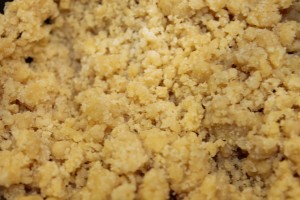
- Add the egg yolks to the dough. Mix well, using your hands if needed. Divide the dough into nine pieces.
- Grease nine 7 cm tartelette tins. Cover each tin with one part of the dough, pressing well against the bottom and sides of the tin. Make sure the dough on the side of the tin is regular and thick enough not to break after cooking.
- Cook in the oven for approximately 20 minutes or until the dough is golden and cooked.
- In a pan mix the condensed milk with the lemon juice and cook in low fire for approximately 15 minutes, stirring constantly.
- After the tartelettes are cooked, remove them from the oven and fill them with the condensed milk mixture.
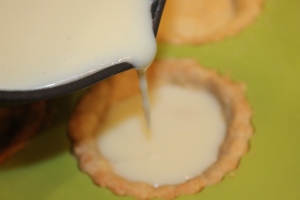
- Put in the oven again and let it cook for approximately 15 minutes, until the condensed milk is cooked and golden.
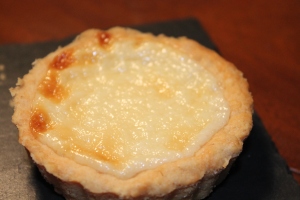
- Meanwhile, wash 150 g of strawberries, remove the hulls, and slice them. In a pan, cook the sliced strawberries with the sugar for approximately 15 – 20 minutes. The strawberries will get soft and turn into jam. Let it boil in low fire, stirring, in order to get some consistency.

- Pour the jam on top of the tartelettes and let it cool.

- Decorate with the remaining fresh strawberries.





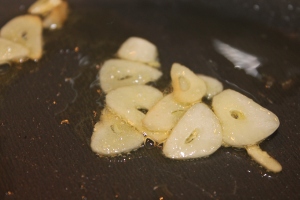

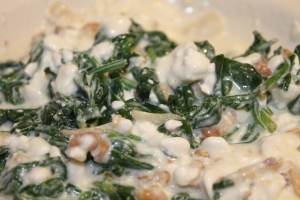
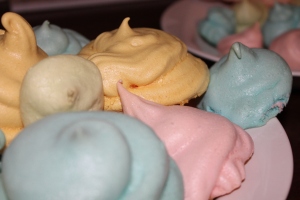
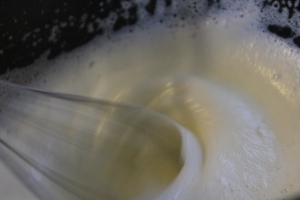
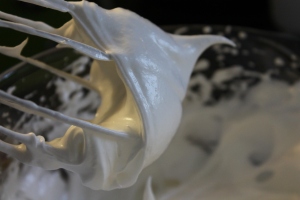

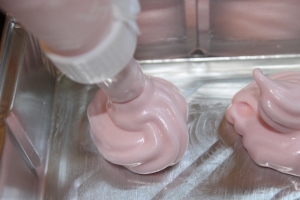
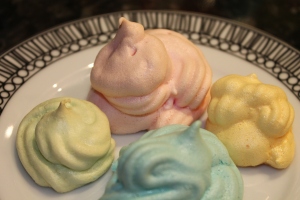
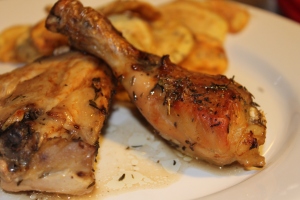
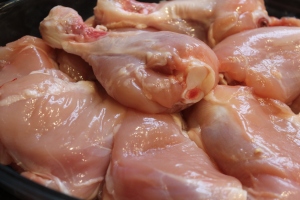



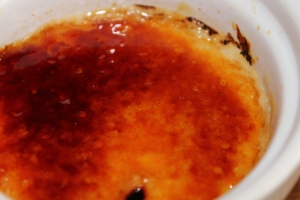





You must be logged in to post a comment.